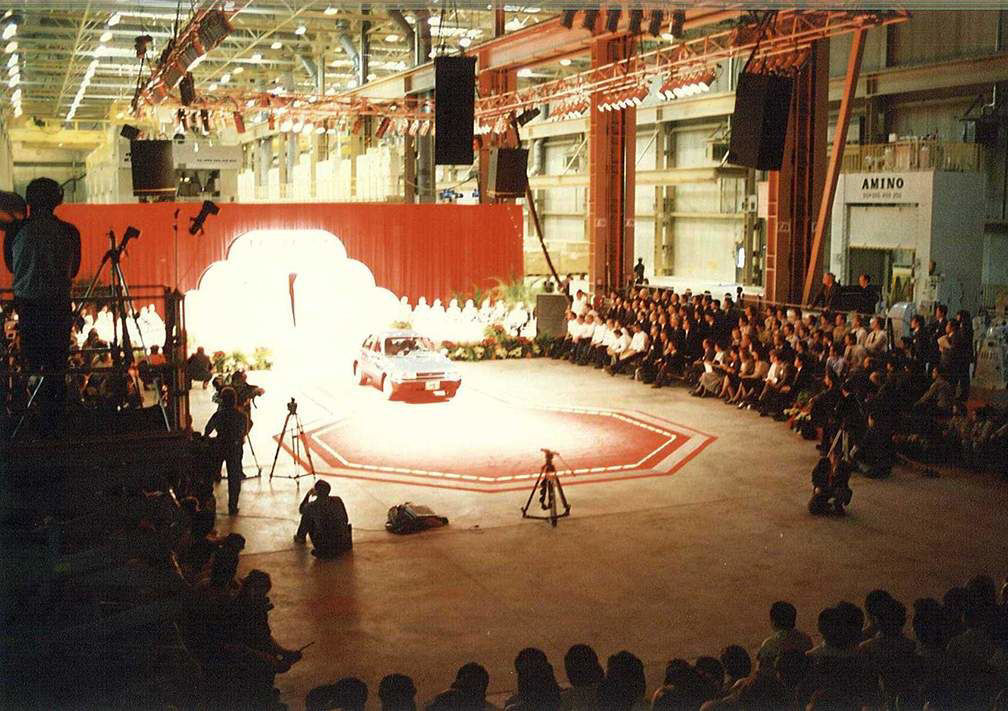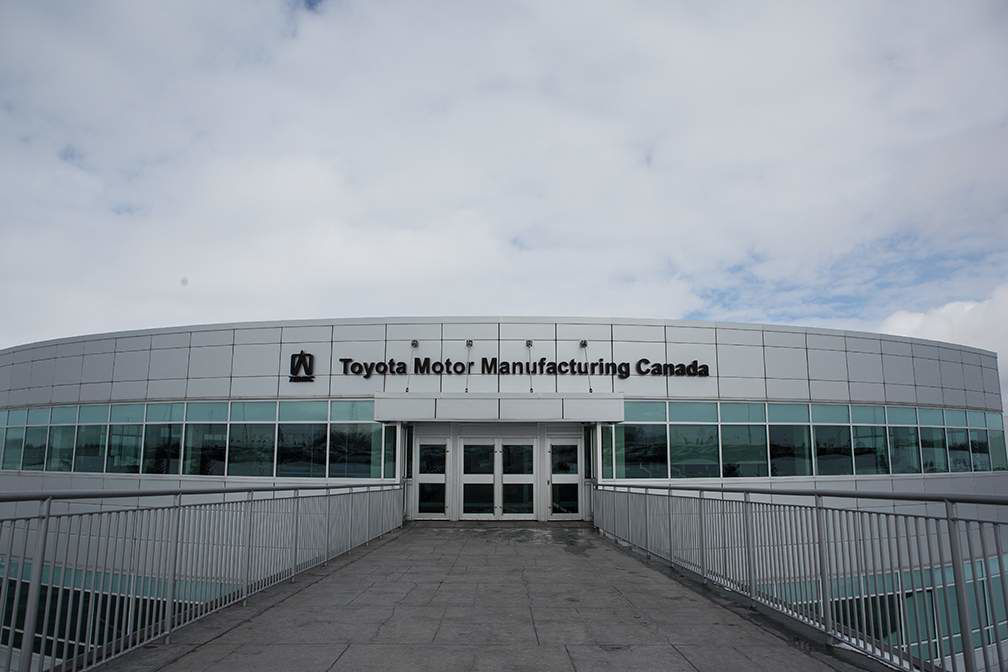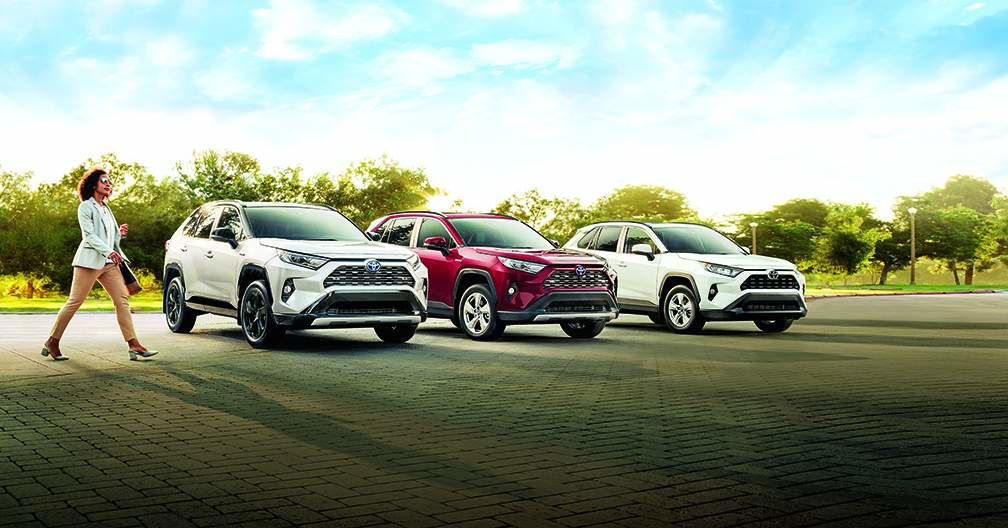Select a province & language
Entrance to this website assumes you have read and agree to these Legal Terms and Conditions and the Privacy Policy.
Entrance to this website assumes you have read and agree to these Legal Terms and Conditions and the Privacy Policy.
In 1985, the biggest-selling film is of a teenager and his scientist friend hurtling through time. The year also marks the birth of the scheme that makes the Internet work, the Domain Name System. It’s also the year Toyota announces plans to build Toyota Motor Manufacturing Canada Inc. in Cambridge, Ontario.
Three years later, the first car, a blue, four-door 1988 Toyota Corolla, would roll off the assembly line, launching what would become the key driver in Canada’s automotive sector: shipping compact cars, and now crossovers, across North America.

Toyota Motor Manufacturing Canada, or TMMC, has since grown to three plants — North Plant Cambridge, South Plant Cambridge and West Plant Woodstock — and employs more than 8,000 Canadians. Each plant is at the heart of a collection of suppliers, extending their economic impact and allowing for just-in-time manufacturing processes.
Committed to producing vehicles in Canada, Toyota has invested more than $8.5 billion in its Canadian operations since 1985, which are additionally supported by thousands of people across the country who supply parts and services.
Today, the three plants build some of Toyota’s best-selling vehicles, the RAV4 and the RAV4 Hybrid. In 2000, head office in Japan bestowed an unprecedented honour on TMMC, announcing the Cambridge plant would be the first outside Japan entrusted with building a Lexus product, the RX 330. Cambridge continues to build the successor to that first RX, today’s RX 350 and RX 450h hybrid. TMMC is also scheduled to produce the popular Lexus NX compact luxury SUV starting in 2022.

Producing the RAV4, one of Toyota’s hottest-selling vehicles, has made TMMC Woodstock the largest-producing Toyota plant in North America and second-largest worldwide. Some 250,000 RAV4s rolled off the line in 2016, up from 78,000 in 2009. In 2018, TMMC produced its eight millionth vehicle.
In June 2019, J.D. Power awarded TMMC with two plant build-quality awards, including its most prestigious, Platinum Award, for Cambridge North, marking that plant as the best in the world. In all, the Canadian operations have been honoured with 18 build-quality awards, including three platinum awards.
In Cambridge, TMMC’s facilities cover 3.5 million square feet and, in Woodstock, 1.9 million square feet. The company is led by President Fred Volf and Ricardo DeSouza, vice-president of manufacturing.
Cambridge South produces the RX 350, and each vehicle takes approximately 24 hours from start to finish. As each vehicle makes its way through the 1.3 million square feet comprising the South Plant, it passes from the Body Shop to Paint and then Assembly, where approximately 2,000 parts and sub-assemblies are precision-fitted.
The South Plant presses more than 100 metric tonnes of steel a day to create body parts in the 21 presses in the Press Shop. None of the leftover steel is sent to scrap as each piece is collected, recycled and reused.
Each plant employs the Toyota Production System (TPS), which strives to eliminate waste, improve efficiency and quality, while eliminating production errors.
At each plant, above each workstation, is a pull handle. Each team member has the authority (and responsibility) to pull that handle and cease production if any quality issue is found. A team will then investigate and correct the problem before production resumes.
TPS has changed the way automotive manufacturers build vehicles. The old system would have factories “push” out as many cars as possible and then leave it up to dealers to sell them. TPS operates instead as a “pull” system, where vehicles are produced to match incoming orders. This reduces inventories, reduces costs, saves time and streamlines effort.

As they are built, vehicles are subjected to numerous checks and tests to ensure quality. Randomly, completed vehicles are selected for further testing at an on-site test track. Selected vehicles are driven on a variety of road surfaces and if any defects are detected, the problem is traced to its source to be rectified permanently.